Terra sigilata erotic - 🧡 Buy Terra Sigillata at Lowest Price
Terra Sigillata And Engobe
Small relief-decorated such as forms Déchelette 67 and Knorr 78 were also made in South Gaul, as were occasional 'one-off' or very ambitious mould-made vessels, such as large thin-walled flagons and flasks.
- Related articles
2022 error.webket.jp


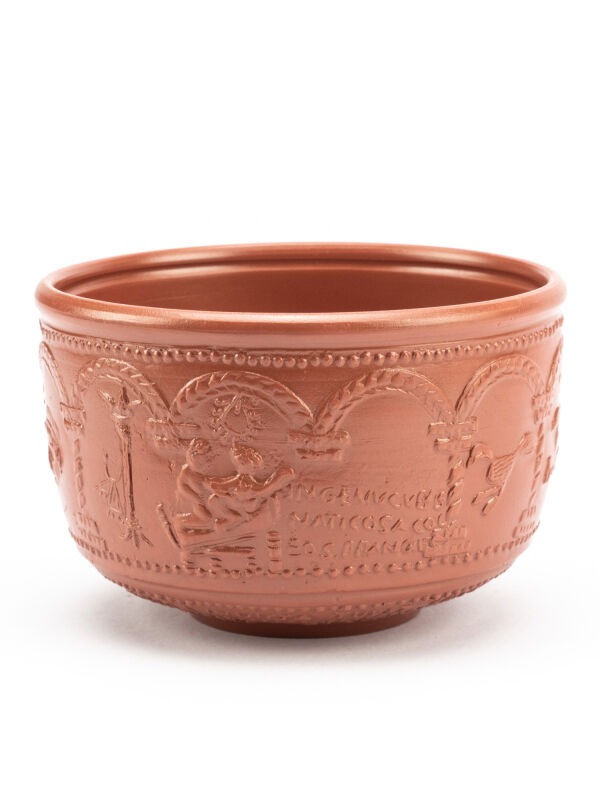
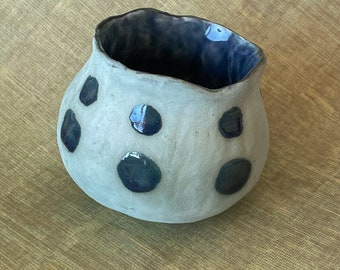
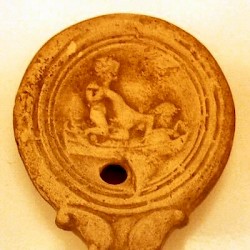

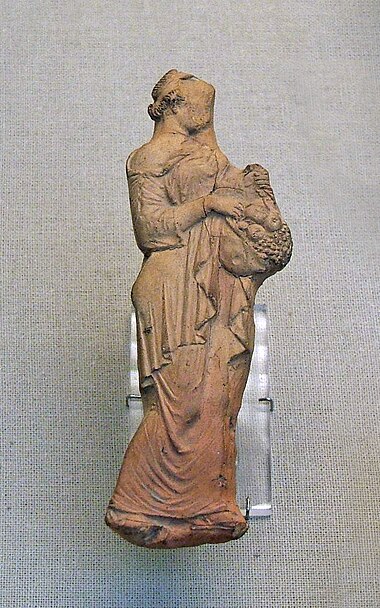
















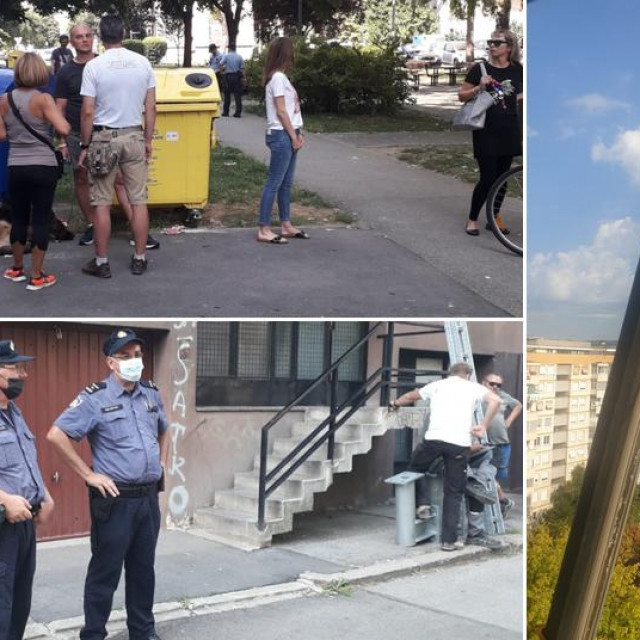
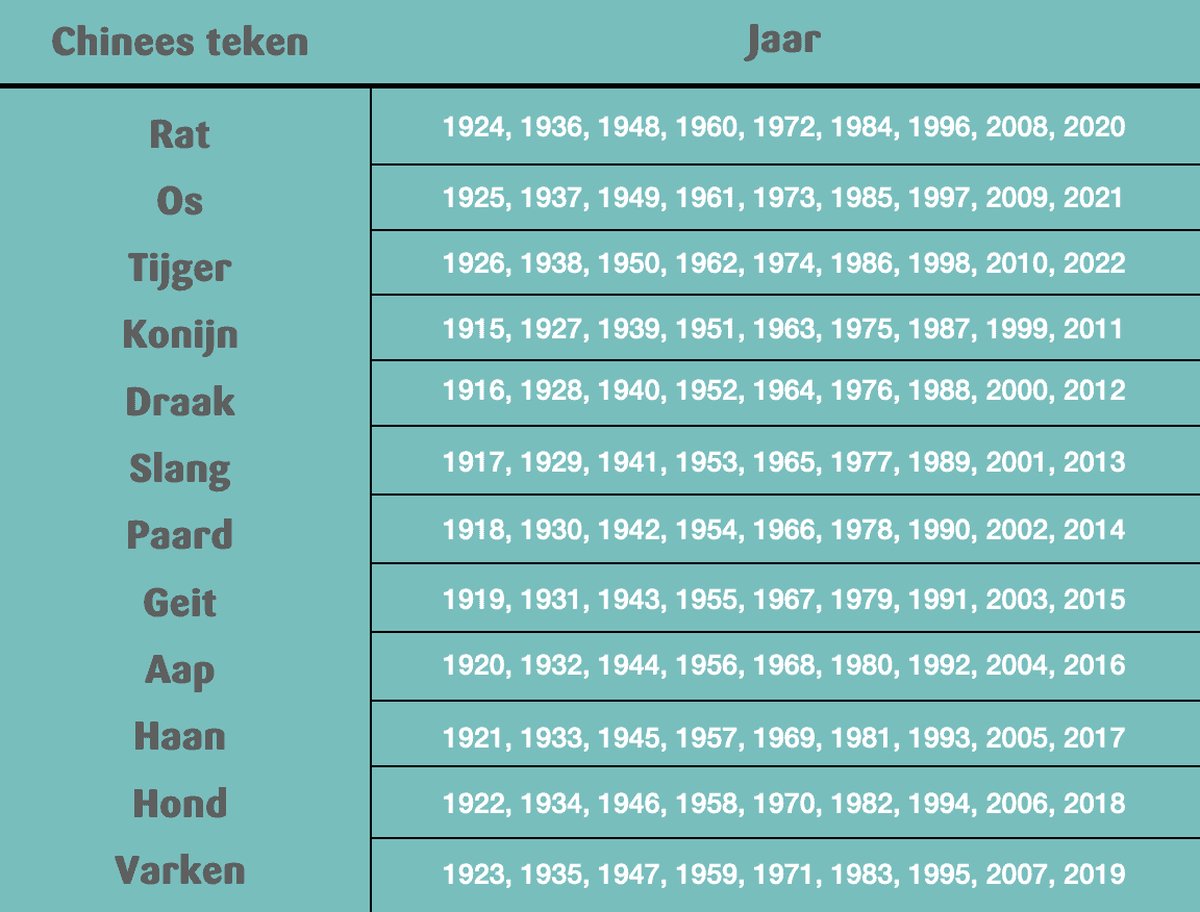




There is no direct Roman equivalent to the artistically central , and few have survived, but there is a great deal of fine tableware, and very many small figures, often incorporated into oil lamps or similar objects, and often with religious or erotic themes.
Careful observation of form and fabric is therefore usually enough for an archaeologist experienced in the study of sigillata to date and identify a broken : a potter's stamp or moulded decoration provides even more precise evidence.
Very elaborate, decorated polychrome faience vessels were also produced.